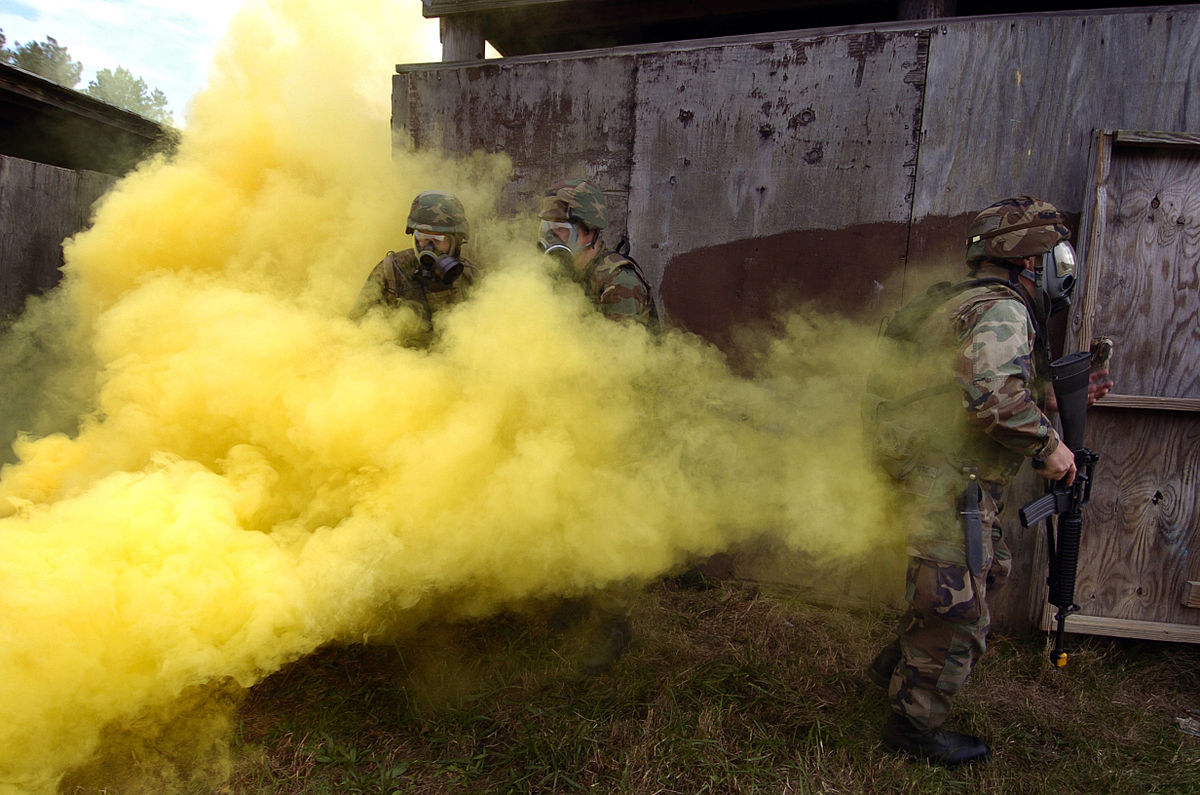This post is also available in:
 עברית (Hebrew)
עברית (Hebrew)
Chemical weapons used to be very prevalent years ago and are still pretty common today. They are extremely deadly and can cause a substantial amount of damage to many people. One example of a chemical weapon attack was the one that occurred in Syria in 2013. Sarin was used during this attack and it killed hundreds of people. The damage is unimaginable, causing your eyes to burn and foaming out of the mouth. Eventually, it leads to suffocation causing a slow and painful death.
Researchers at Sandia National Laboratories have developed a portable miniature sensor that detects toxic gases at a much faster rate than ever. Once the toxin is detected, it will alert first responders with meaningful information to help them arrive at the scene in a more efficient and effective manner. It will not only have first responders arrive quicker and more prepared, but it will also let people being exposed to the chemical what precautions to take lowering the chance of casualties and injury. The gases act very quickly so it is imperative people take the correct preventative measures as soon as possible.
The way the chemical identification has worked in the past is by having machines detect the toxin is by analyzing it through a sample of different types of gases and eventually weighing the molecule to conclude the true identity. Luckily, researchers have discovered a better way to label these chemicals quicker and more precise.
The new and improved sensor can now determine what exactly the toxin is in less than 10 seconds. The process includes separating the gas sample twice; this will lead to a more efficient and accurate measure because it decreases the chance of having the detection be interfered by other solvents. This is completed by a pressure valve built in the sensor that regulates how fast the gases flow through each separation step. Through many experiments and tests, the sensor proved to be reliable by accurately identifying certain chemicals.
The final step will be to incorporate all of these pieces of technology. This will include an entirely portable analytical system with built in chemical separation. It will be more reliable and accurate than anything out there today. This will all be possible from the funding of the Defense Advanced Research Projects Agency and the Defense Threat Reduction Agency. While these two departments include the bulk of the funding, some of the funding will come from Sandia’s Laboratory Directed Research and Development program as well, according to phys.org..


























